The opening of a new museum by Yad Vashem is an event to be honored by the entire Jewish world whether in Israel or throughout the Diaspora.
For Jerusalem to maintain its primacy, its centrality, the brilliant creation of the 1950s, which was then far ahead of its time, had to be updated to the creative language of 21st-century museum-making. If a museum does not evolve to meet the task of its time, it withers. Witness the cruel fate that has overtaken the Museum of the Diaspora, which had been at the forefront of modern museum-making but which but barely escaped its own demise. A historical museum must be renewed or it dies; without renewal it can no longer speak to a new generation, or reach a contemporary audience.
Tom Segev has written of the competition between the United States Holocaust Memorial Museum and Yad Vashem; Avner Shalev, the distinguished director of Yad Vashem, has overseen its new reiteration has denied any such competition. Both miss some important points. First of all, competition is good; it improves both creations. Institutions learn from each other, they challenge each other. Harvard has become better because of Yale, and MIT by Cal Tech, and I dare say that the Hebrew University is better because of Tel Aviv University. Without that competition it might have become staid, complacent and arrogant.
When we contemplated creating the United States Holocaust Memorial Museum, we looked to Yad Vashem as a model of an integrated institution; a museum that tells the story of the Holocaust, a research institution and archive that is at the forefront of preserving the memory and transmitting it, and an educational institution that teaches teachers and students the history of the Holocaust and by implication its meaning and application to the new generation. And we certainly tried to do better.
We benefited because we had the model of Yad Vashem before us, but our task was different. And over the dozen years since Washington opened, the competition and cooperation with Yad Vashem has improved and empowered both institutions. Yad Vashem would not have been able to garner the support it has to create so magnificent a building and a campus without the presence of Washington and the important need of renewal.
“By the waters of Babylon we sat and wept when we remembered Zion,” the Psalmist proclaimed.
The place from which you remember an event shapes the way in which the event is remembered.
Every historical museum is a dialogue between the historical event and the audience that walks through its portals. So the story of the Shoah is told differently in Jerusalem than the Holocaust is told in Washington or New York or the Final Solution is described in Berlin or Budapest. Event, perspective and audience all subtly influence the story that is told.
A word about audience: In earlier generations, those who entered Yad Vashem knew the story; they had lived the events described. Thus, they could visit the memorial without seeing the exhibition and thus the exhibition merely had to allude to the events; that was sufficient. The artifacts of the perpetrators would have been inappropriate to introduce to the mountains of Jerusalem and to the Jews who sought refuge in Israel from their tormentors. But a new generation has arisen; conceived in freedom, unacquainted with exile, and to them the events must be portrayed, directly and graphically, far more graphically than was appropriate or even possible a generation ago.
A generation ago, Israelis could be confident that they knew the story, but after the misuse of symbols of the Holocaust — not only by Europeans and Arabs suggesting that Israel is the new Nazism but by Israelis accusing their own government of being Nazi-like and wearing Jewish stars to protest the Gaza withdrawal — our confidence should be shaken.
How is one to view a museum, to judge its success?
The modern historical museum tells a story with a beginning, middle and an end, with points of emphasis and moments of intensity, with a narrative that carries one through the entire museum. Visitors are entitled to ask what that narrative is and is it adequate to describe the event and appropriate to reach the new generation.
Like a symphony, a museum must be organic; themes must be presented and developed. The institution — any institution — is experienced whole by its visitors even if, as is clearly the case with Yad Vashem, it was not created whole but evolved over decades. How successfully will the creators be able to weave all the elements of Yad Vashem — its sculptural gardens, the Avenue of the Righteous, the Children’s Memorial, the Art Museum, the Valley of Communities and the Ohel Yizkor (Hall of Remembrance) with its magnificent simplicity — into one complete experience, which is the way the visitors will go through the site. I did not envy them the challenge. It is more than considerable.
When I saw the site during its creation I was concerned about the nature of the interrelationship between three primary actors in the events of the Holocaust — the perpetrators, the victims and the bystanders. In Washington, we devoted considerable attention to the bystanders, which is, after all, the American story. The sites of destruction in Poland and Germany show the nature of the crime. For many years, they had little interest in the victims of the crime and only the most reserved interest in the perpetrators but they were fascinated by the nature of the crime, its mechanisms and means, the instrumentalities of destruction.
Yad Vashem is rightfully determined to present the Jewish perspective as was New York’s Museum of Jewish Heritage, but it must all present — and I use these words with the greatest of precision — the human story of the killers. Their inhumanity was human. For the most part the killers were not demonic, even though they committed the most demonic of deeds, and all students of the Holocaust must confront their experience not to understand or excuse, but to comprehend what happened.
Omar Bar Tov once wrote that the German historians so dehumanized the Jews that they believed that nothing that happened inside the ghettos or inside the death and concentration camps impacted on the “Final Solution.” Jews run the risk of the opposite. So convinced are we that the killers were inhumane that we fail to confront the ultimate scandal: they were human and the deeds they performed, horrific as they were, were human deeds, committed by “cultured men and women, the product of western civilization.
Will a visitor to the new Yad Vashem understand the role of ideology and conformity; the desire not to lose face before one’s comrades and the struggle to silence whatever semblance of conscience remained that was the lot of the killers. Will they see the killers as part of our world — and thus a threat to our world — or apart from the world and thus bearing no relevance to our world?
The crime against the Jews will be central and must be central, but the new museum must see the crimes of the Jews in context. Concentration camps were first developed to incarcerate German opponents of the regime; only much later did Jews constitute a majority of those imprisoned. Gassing was first used to kill German non-Jews — mentally handicapped, physically handicapped and emotionally distraught Germans who were an embarrassment to the myth of the master race. It was there that the role of bureaucratic, desk killer was first honed; there that the leadership and staff of Belzec, Sobibor and Treblinka received their first training. Jehovah’s Witnesses were martyrs. Had they signed a simple document, they could have been released from the camps. They died for their faith. Jews were victims; they died for the faith of their grandparents. Will Jewish memory be large enough to be both Judeocentric and inclusive?
Will the new museum, with all of its power — and the building is quite powerful, creating its own rhythms and its own logic that must be integrated onto the history — reach the multiple audiences that visit the museum? These Jews and non-Jews, Israelis and non-Israelis, Europeans and Americans, Israeli soldiers who must understand the raison d’etre of the state and of Jewish power and who stand accused — falsely accused, viciously accused — by some in the West and in the Arab and Muslim world of being the new Nazis of our generation. Will they understand — as American West Point Cadets and Naval Midshipmen are taught in Washington — the importance of military ethics of recognizing the humanity of the enemy even while undertaking action against them? Will policemen learn a commitment to human rights and civil liberties by seeing the consequences of its violations by men in the same profession? Great museums address multiple audiences of diverse sensibilities and contain enough to reach different visitors and touch their souls in diverse ways.
A generation ago, it might have been sufficient to learn from the Shoah that the whole world is against us, that powerlessness invites victimization and, thus, the Jewish people must rely upon themselves and only themselves and assume adequate power to preserve themselves in the contemporary world. Those lessons are still valid, still necessary — but they are not sufficient.
A generation or two ago, one could speak of Shoah v’gevurah in one breath as if the two were equally descriptive of the events of the Holocaust and as if gevurah meant only armed resistance. We have learned more; we now know more.
The challenges are many, the difficulties are great, the pitfalls obvious. It takes the endurance of a marathon runner to plan for years and bring it all together for a moment. It takes courage to open a museum, courage, wisdom and vision. I wish my colleagues well. I so look forward to seeing their creation.
Michael Berenbaum is director of the Sigi Ziering Institute: Exploring the Ethical and Religious Implications of the Holocaust and a professor at the University of Judaism in Los Angeles. He was project director of the creation of the United States Holocaust Memorial Museum.







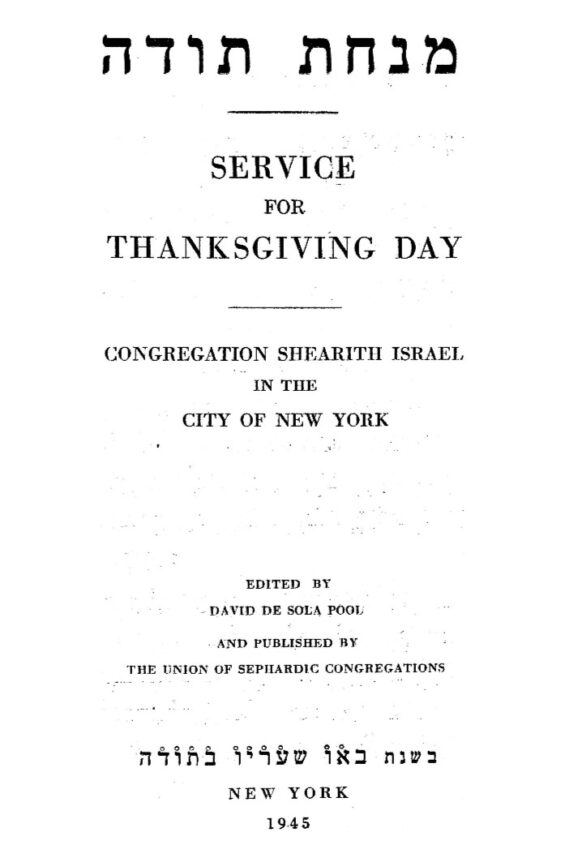
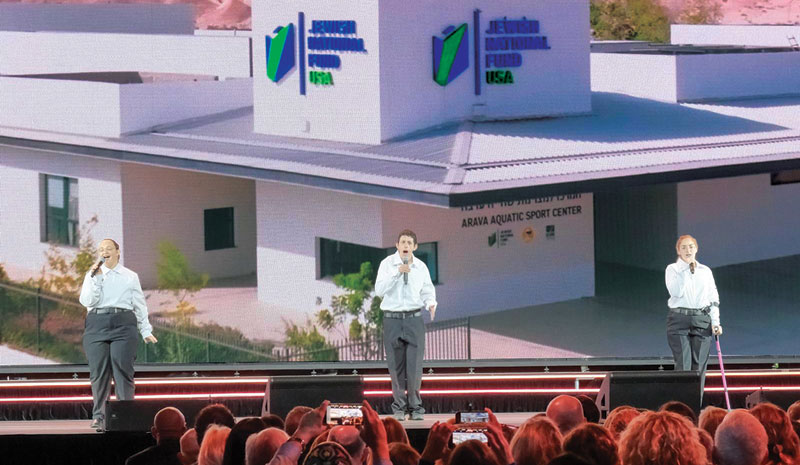

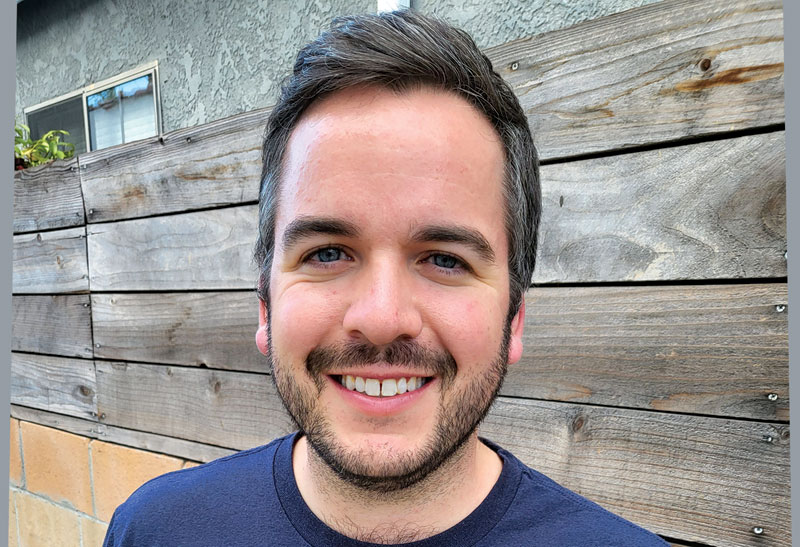
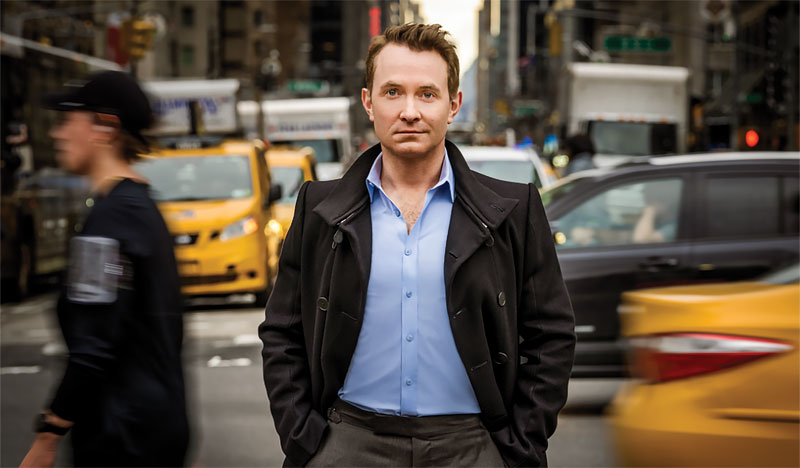

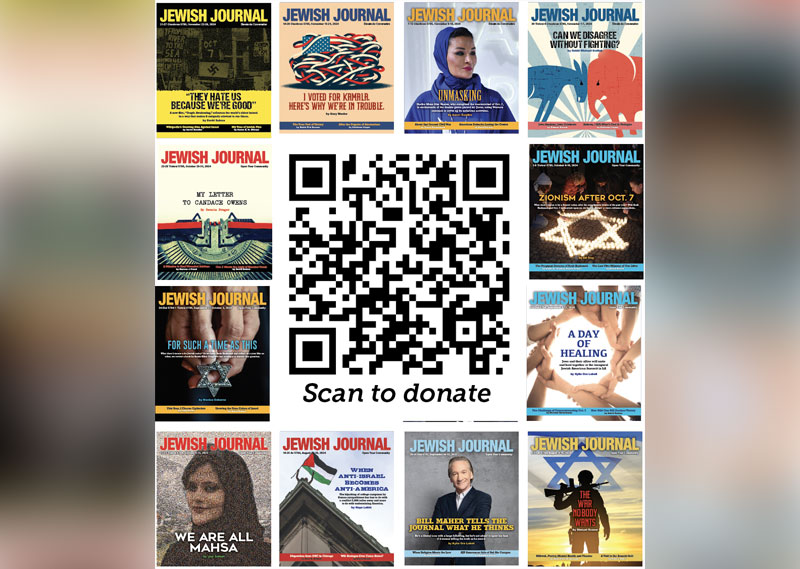
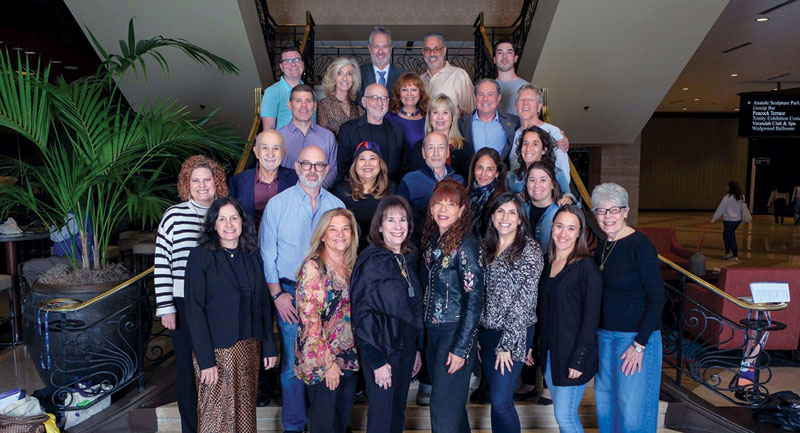

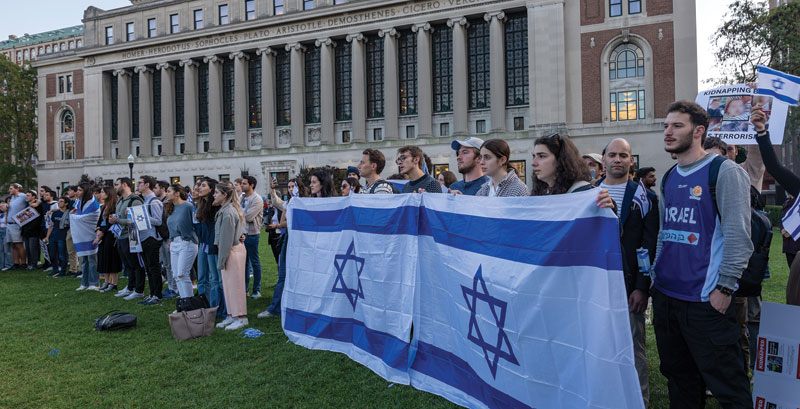






 More news and opinions than at a Shabbat dinner, right in your inbox.
More news and opinions than at a Shabbat dinner, right in your inbox.